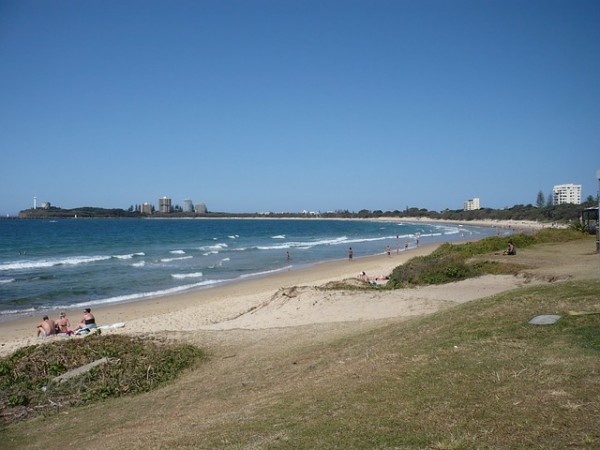CDC Outlines 3 Levels of Risk for Beachgoers

If you're a beach lover, then you are already aware that going to the beach is not the same as before because of coronavirus. But even with the pandemic, cities and states are heralding the return of summer.
Recently, the Centers for Disease Control and Prevention has issued some guidelines for beach managers to implement to help minimize the risk of spreading COVID-19.
Since we are far from being back to normal even after months of isolation, this outlined roadmap will help protect both beach staff and the public.
But here's where the problem lies. Enjoying the beach will surely make beachgoers look for a sense of normalcy, especially when we see and stay around individuals who underestimate the intensity of the crisis. Although most beaches are spacious, the amount of time we spend there is also a significant factor.
Yale Jackson Institute for Global Affairs lecturer Shan Shoe-Lin explained how a prolonged stay outdoors could be a risk. "The risk is lower outdoors, but it's not zero," she said. "And I think the risk is higher if you have two people who are stationary next to each other for a long time, like on a beach blanket, rather than people who are walking and passing each other."
READ MORE: People Are Tired of Staying at Home, Crowds Seen on Beaches Over Memorial Day Weekend
The Most Important Thing to Remember: Always Have a Mask Ready
The first thing to remember is to use masks or any type sort of face-covering in all swim areas, including all types of natural bodies of water. This is mostly applicable when staying six feet apart from each other is quite impossible.
WOW: The American Cancer Society Wants You To Avoid These Foods and Drinks
CDC: 3 Risk Levels that Beachgoers Should Keep in Mind
The CDC divided its guidelines into three levels to elaborate on what activities could pose the lowest, more, or highest risk.
1. Lowest Risk
Both beachgoers and hired staff should observe proper physical distancing. This puts us in the lowest risk as described by the CDC.
We need to consider that we don't know these people and whether they share a home with a patient or not. Beach managers are also to implement a "no sharing of food" policy between individuals who don't live together.
2. More Risk
Getting close with other individuals--less than 6 feet away--puts us at 'more risk'. Managers should encourage both staff and beachgoers to know their limitations when it comes to handing out of food supplies and other equipment.
3. Highest Risk
The highest risk happens when a staff or beach visitor spends time with individuals who are not from the same town or city. When we get close to other people and carelessly share personal items and food, the risk of spreading the virus becomes even higher.
In general, the CDC still wants us to protect ourselves by continuing to observe preventive measures. This includes staying at home, especially if you are sick or if there is no need to leave the house.
DON'T MISS THIS: New Study Suggests the Japanese Encephalitis Virus Can Be Foiled By Antibodies and Immune Cells
Jun 19, 2020 08:10 AM EDT





